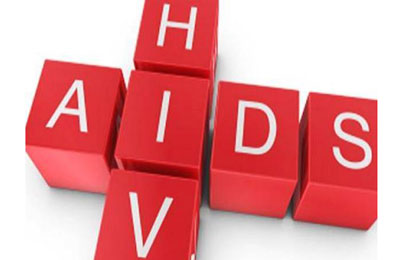
HIV infections up 8pc in Europe
London, November 27, 2013
Some 131,000 people were newly infected with HIV in Europe and nearby countries in 2012, an 8 percent rise from a year earlier and a worrying reversal of a recent downward trend in Aids cases in the West.
A report published by the World Health Organisation's (WHO) European office and the European Centre for Disease Prevention and Control (ECDC) showed a steady increase in new HIV cases over the last year, but by far the majority of cases were in Eastern Europe and Central Asia.
"The high and increasing number of Aids cases in the East is indicative of late HIV diagnosis, low treatment coverage and delayed initiation of life-saving HIV treatment," the ECDC/WHO report said.
Some 76,000 new HIV infections were reported in Russia alone, accounting for more than half the region's cases.
While reported Aids cases had been declining steadily in western Europe - dropping 48 percent between 2006 and 2012 - in the east of the WHO's European Region, which includes many Asian former Soviet republics, the number of people newly diagnosed with Aids increased by 113 percent.
Experts said this increase was closely linked to a lack of prevention measures for people at high risk of contracting the human immunodeficiency virus (HIV) that causes AIDS.
These include clean needles and syringes for drug users, free condoms and easy access to HIV testing for sex workers and gay men, and early access to treatment with Aids drugs - known as antiretroviral therapy (ART) - for those who test positive.
"Our data show that nearly every second person tested positive for HIV (in the region) - that's 49 percent - is diagnosed late in the course of their infection, which means they need antiretroviral therapy right away because their immune system is already starting to fail," said the ECDC's director Marc Sprenger.
Worldwide, more than 35 million people have HIV - the vast majority of them in sub-Saharan Africa where access to prevention, testing and drugs is often limited by low funds.
Cocktails and combinations of Aids drugs can keep the virus in check for many years, allowing those who are diagnosed and treated early to live full and long lives.
Yet even in the relatively wealthy WHO European Region, only one in three people with HIV is getting the ART treatment they need, Wednesday's report said. - Reuters







